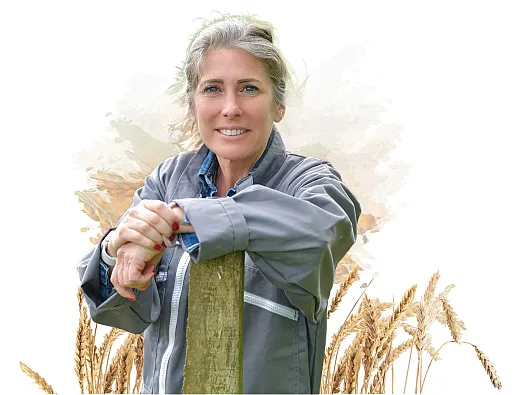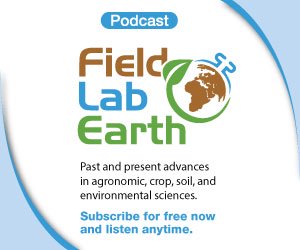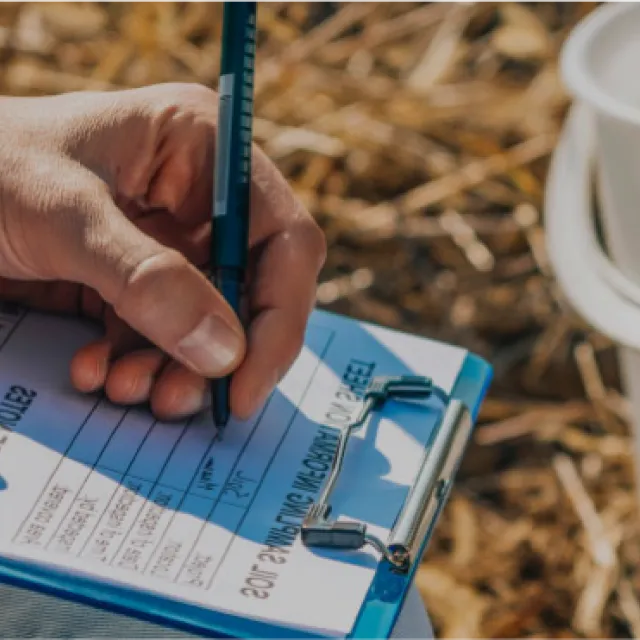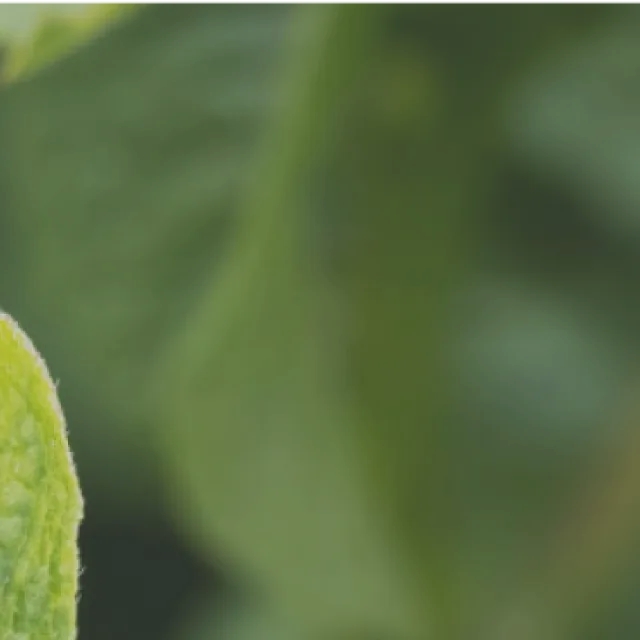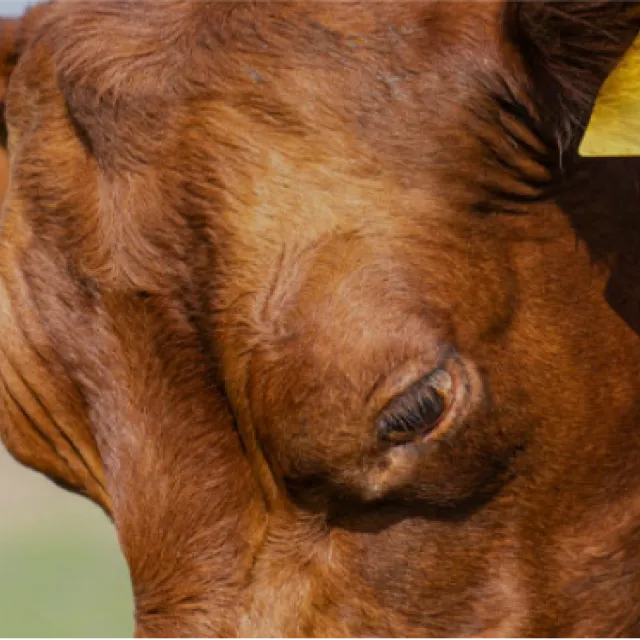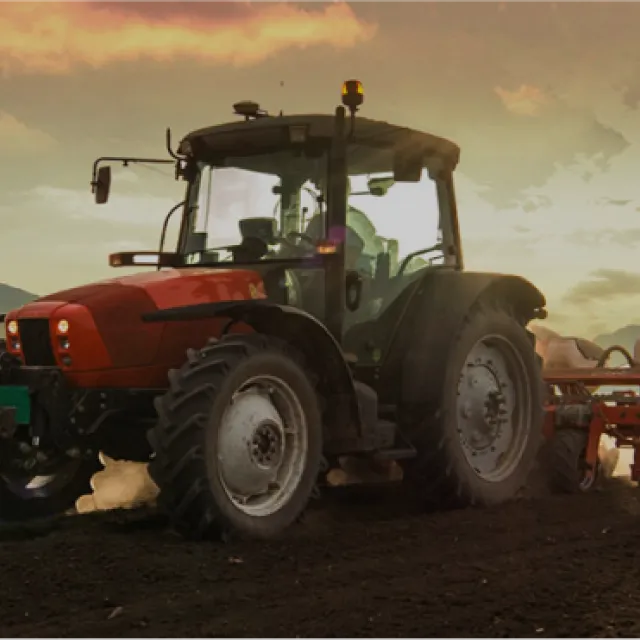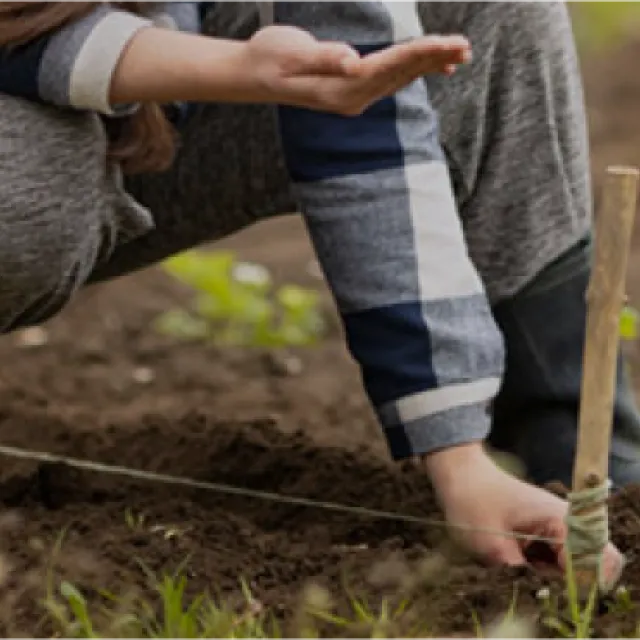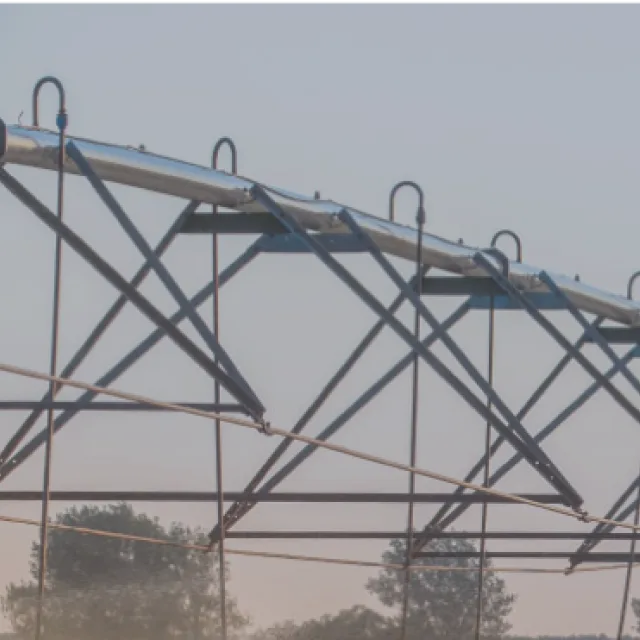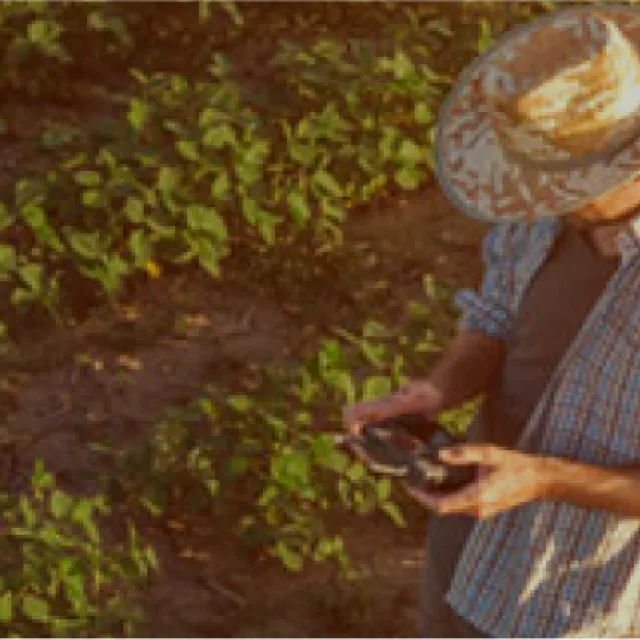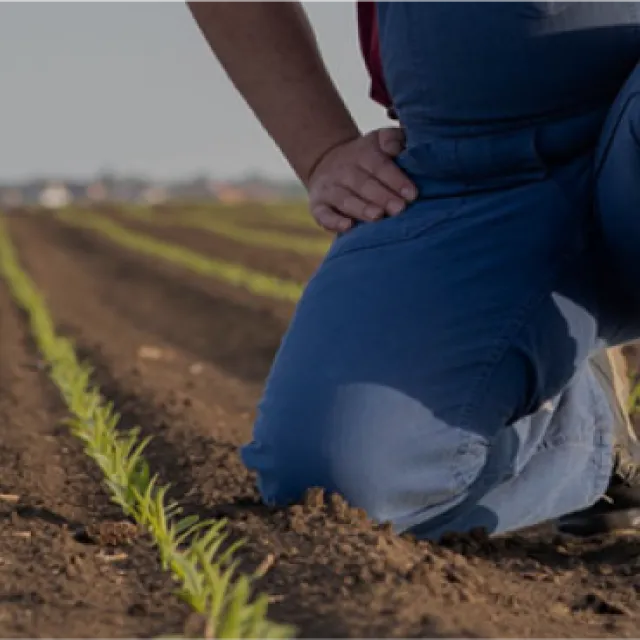
Same soil, different answers
Soil tests are often an important component of fertilizer recommendation calculations, but different soil analysis methods used, interpretations of soil test results, and recommendation philosophies cause fertilizer recommendations for the same crop to vary greatly. In this month's cover story, fertilizer recommendations from commercial and university soil-testing labs in Utah forage systems were compared.
Soil fertility, fertilizers, and crop nutrition: Past, present, and future
Society has made (and will be making) significant demands on agriculture in the not-to-distant future. Meeting future sustainability goals and environmental regulations while simultaneously continuing to meet requirements for food, feed, fuel, and fiber requires a firm understanding of how “we” have collectively arrived at our current status as it relates to our fertility principles and beliefs as well as the processes that address them. This series intends to describe crop nutrition and fertilizers from where we have been to where the authors believe that we will likely need to be prepared to go if we are to support world demands into the foreseeable future.
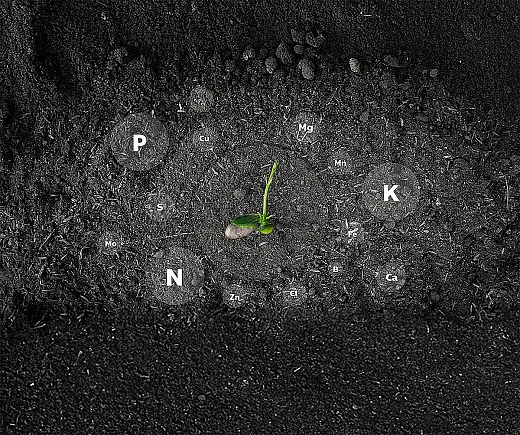
We want to hear from you
Do you have an article you'd like to submit or feedback for the magazine team? Let us know!
